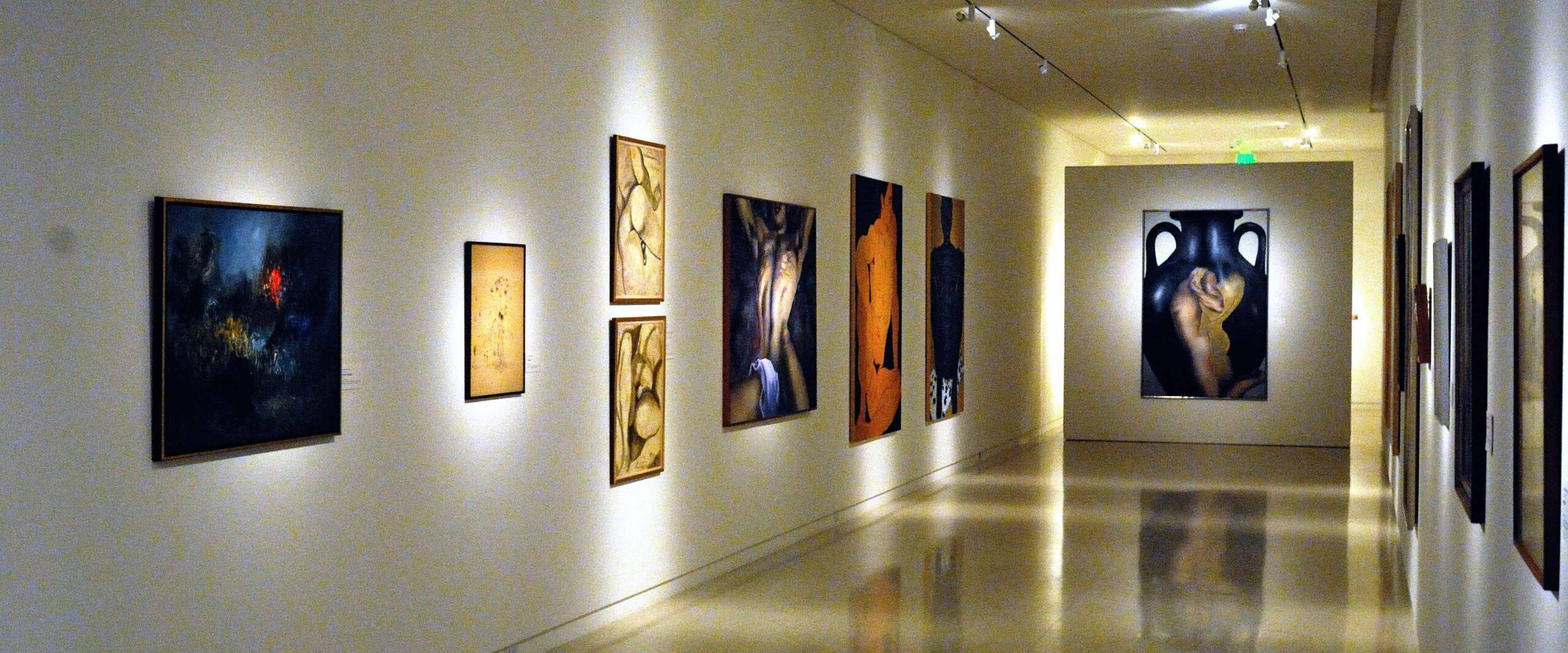
Enhancing Art Museum Visitor Experience with Generative AI
Art museums play a vital role in society, providing a rich physical and social space for people to interact with artworks spanning various time periods and cultures [1]. However, these cultural institutions are facing a global decline in attendance [2]. National Endowment for the Arts report covering 2002-2015, highlights a significant decrease of approximately 20% in art museum attendance [3,4]. This decline can be partly attributed to poor visitor experience [5]. Studies have found that visitors driven by their personal curiosity and urge to discover new things, also known as ‘explorers’ [6,7] are the most common type among art museum visitors [8,9].
However, the current approach in art museums and exhibitions limit visitors in understanding artists and their work during their visits. Unlike history and science museums, which often offer educational labels and books describing displayed artifacts, art museums typically avoid placing labels directly within the gallery. Curators often believe that such labels detract from the aesthetic experience of engaging with the artworks such as paintings and sculptures [10]. Consequently, art museums are exploring new ways to improve visitor experience by employing more interactive and immersive experiences.
Artificial Intelligence (AI) technologies like ChatGPT, referred to as Generative AI, can summarize information and generate content on demand, allowing users to engage in conversational interactions. Such capability has the potential to greatly enhance visitor experiences by enabling them to have conversations with the system about the artwork and the artists in the exhibition. Recognizing this transformative potential, this project seeks to develop a Generative AI application aimed at enhancing visitor engagement during museum visits, thereby addressing the challenge of visitor engagement, which is prompting significant questions about the future of art museums.
References
- Naea position statement on the benefits of art museum learning in education. https://www.arteducators.org/, 2020.
- Attendance at the world’s biggest art museums has plummeted. https://www.economist.com/, 2021.
- Seph Rodney. Is art museum attendance declining across the us? Hyperallergic, January, 18, 2018.
- MA Carter, S Iyengar, and PM Shaffer. Us patterns of arts participation: A full report from the 2017 survey of public participation in the arts. us patterns of arts participation.
- Eilean Hooper-Greenhill. Changing values in the art museum: Rethinking communication and learning. International journal of heritage studies, 6(1):9–31, 2000.
- Juan Gabriel Brida, Chiara Dalle Nogare, and Raffaele Scuderi. Learning at the museum: Factors influencing visit length. Tourism Economics, 23(2):281–294, 2017.
- John H Falk. Viewing art museum visitors through the lens of identity. Visual Arts Research, 34(2):25–34, 2008.
- Katherine N Cotter, Anna Fekete, and Paul J Silvia. Why do people visit art museums? examining visitor motivations and visit outcomes. Empirical Studies of the Arts, 40(2):275–295, 2022.
- Laureen Trainer, Marley Steele-Inama, and Amber Christopher. Uncovering visitor identity: A citywide utilization of the falk visitor-identity model. Journal of Museum Education, 37(1):101–114, 2012.
- Nina Simon and Shelley Bernstein. Museum 2.0. Acesso em, 12, 2006
Investigators
Raju Maharjan, Ph.D.
raju@ou.edu
Assistant Professor
Visual Communication
Johana Argueta
j.a.argueta@ou.edu
Student Researcher
Computer Engineering
Mohamed Abdelnaby
mohamedabdelnaby@ou.edu
Student Researcher
Computer Science